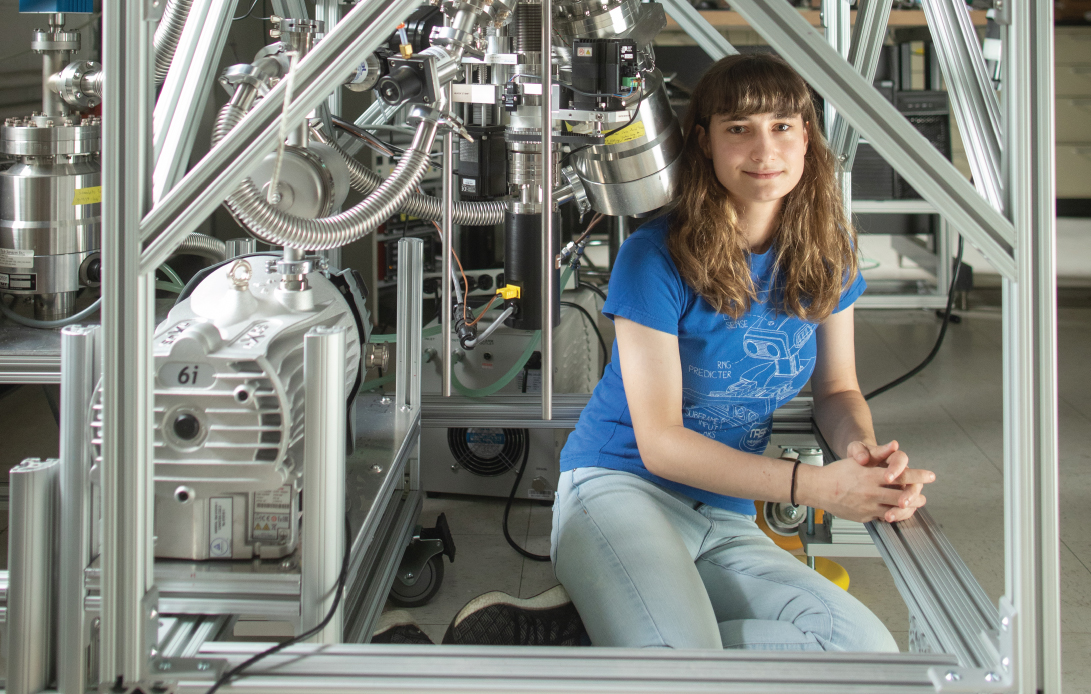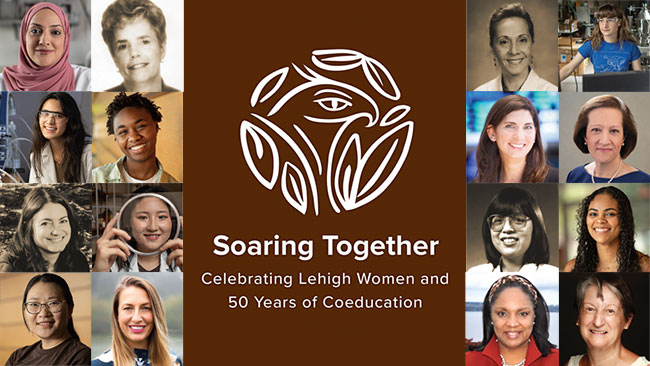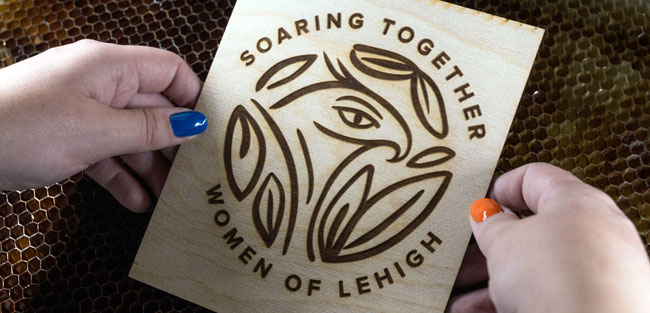
 Alexandra Howzen, PhD student, Materials Science and Engineering
Alexandra Howzen, PhD student, Materials Science and Engineering
Her mom was trying to tell her she had to make a choice in life. She could, for example, be the one who builds the electronics that power a ship. Or, she could be the one who designs the ship itself. “When I said I want it all, she was like, ‘You can’t do that,’” says Alexandra Howzen. “And I said, ‘You’re gonna stop me?’”
It was a rhetorical question. Howzen has never been the type to be stopped by anyone or anything. She loved solving puzzles and pushing boundaries, and the idea that she could take an idea from test to product to market sold her immediately on materials science.
She’s stubborn, she says, and that trait has served her well in what she describes as the love-hate relationship with the machine that she has designed as part of her research. It’s a 100-plus-pound atomic layer deposition chamber that resembles, in part, an old metal milk jug (her dad thinks so, anyway), and is used to grow films for electronics.
Howzen uses the machine’s specific capabilities to study the surface science of ultrathin films used for semiconductors, with the ultimate goal of improving the efficiency and reliability of chips used in electronic devices such as computers and phones.
“This chamber is quite unique,” she says, “there’s only one other in existence.” Which means when it doesn’t work or it breaks, she can’t turn to the literature or her advisor for solutions. And that’s why she likens grad school to boot camp. An experience that tears you down, then builds you back up.
“When the machine failed or didn’t work, I used to think, What’s wrong with me? But I’m looking into a void that no one has looked into before. I’m the one gaining the knowledge. Now every time I look at my chamber, I feel immense pride. And also annoyance—because it’s put me through a lot.”
Next up: Yihan Hu >>
This profile is part of Resolve Magazine's Soaring Together series.
Photography by Douglas Benedict/Academic Image


